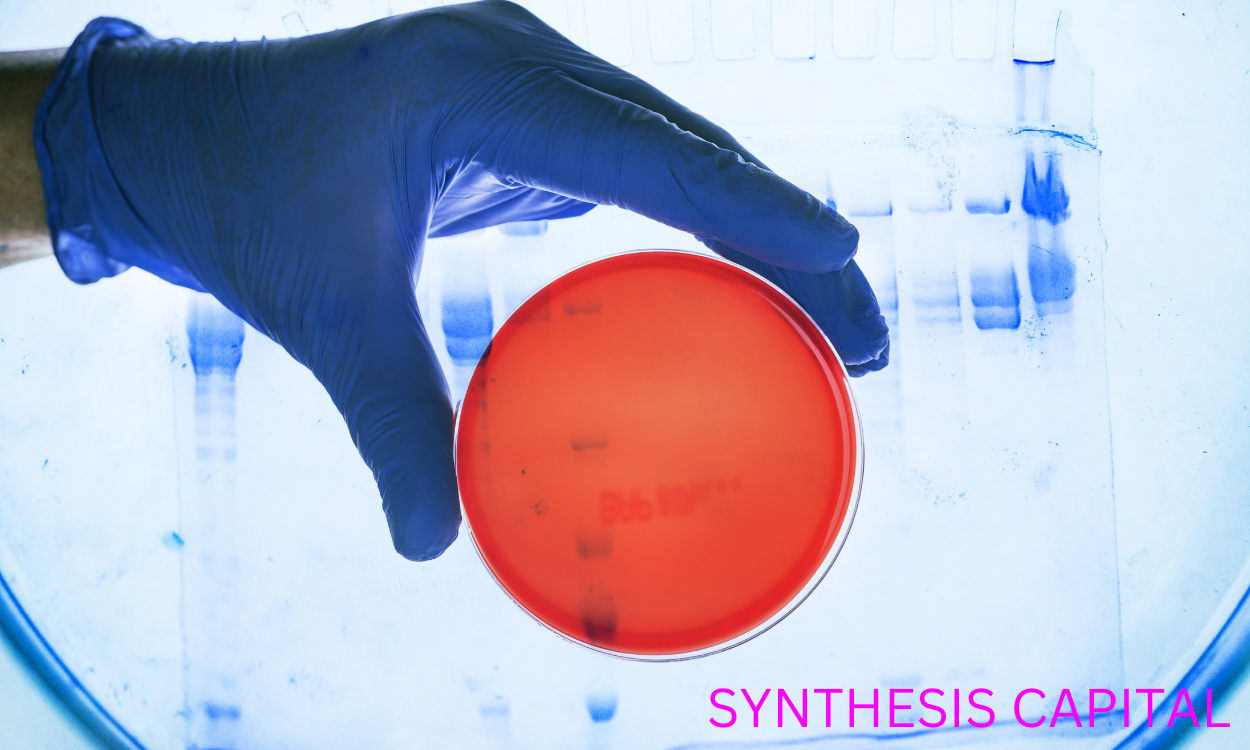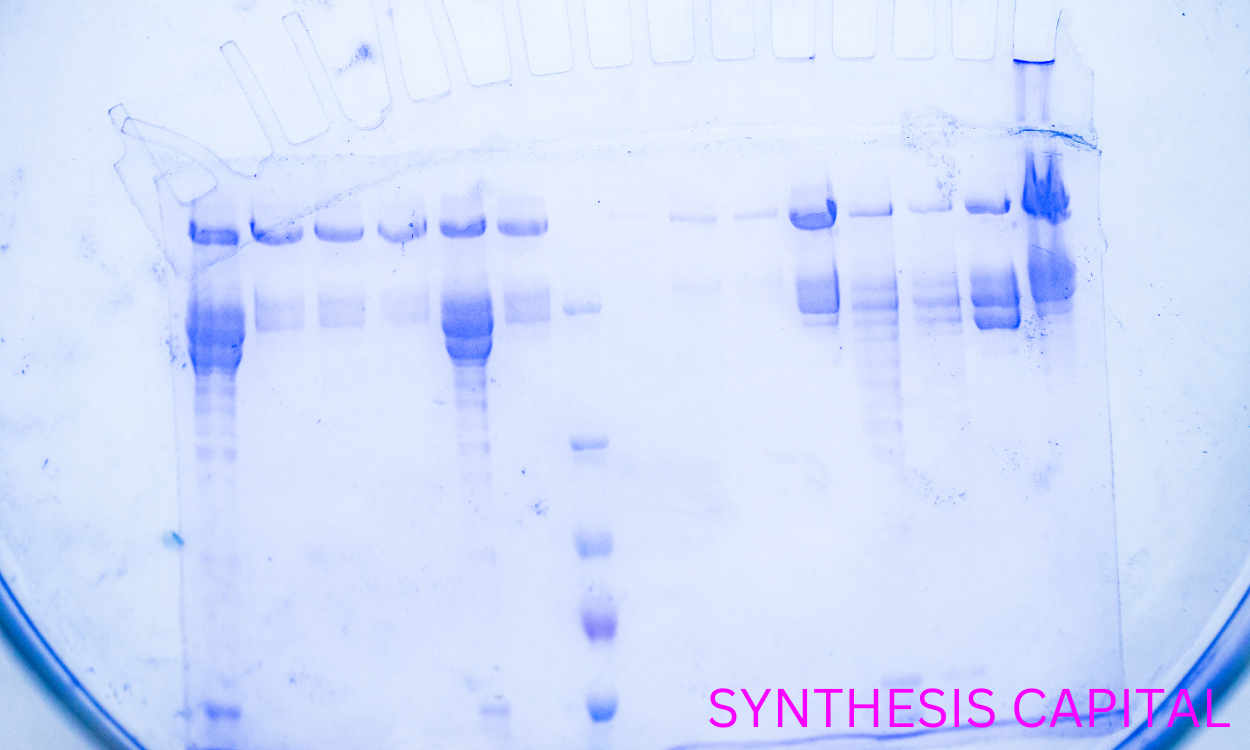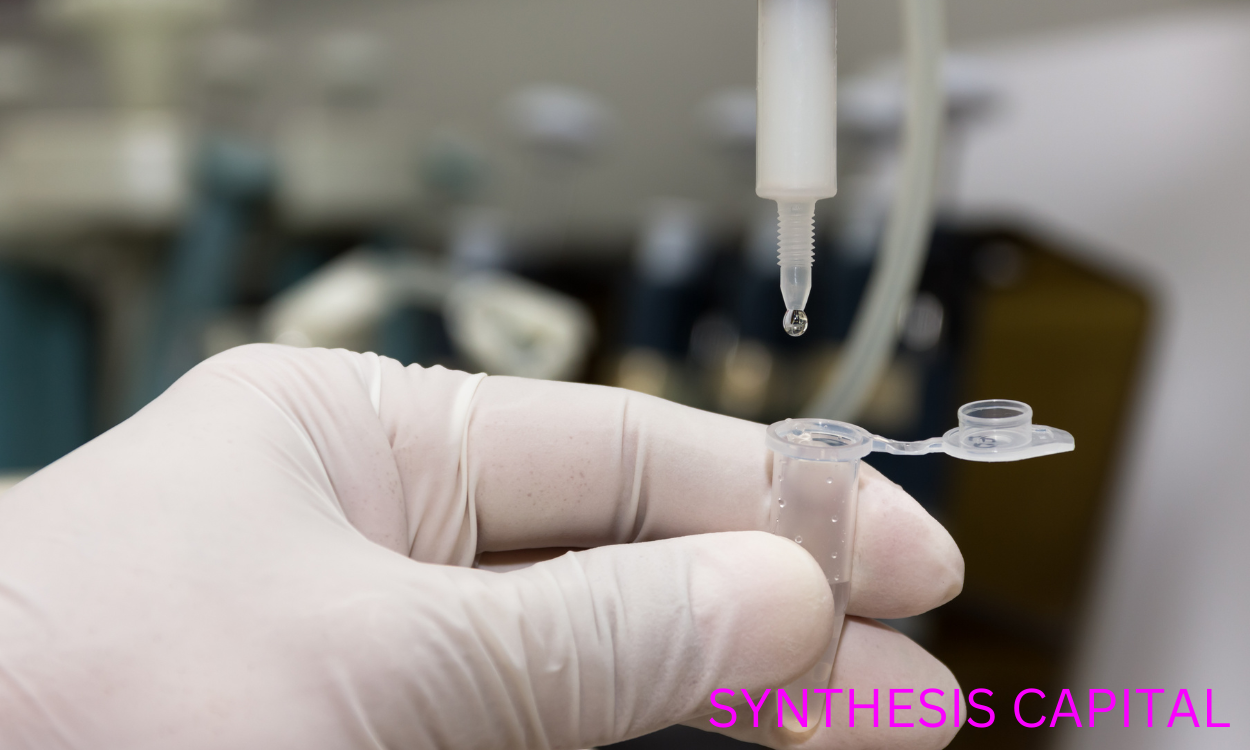Western blotting is a widely-used technique in molecular biology that allows for the detection and quantification of specific proteins in a sample. Proper sample preparation is crucial for the success of a western blot experiment, as it ensures that the proteins of interest are properly extracted, denatured, and separated before being transferred onto a membrane for immunodetection. This protocol typically involves the lysis of cells or tissues, followed by protein quantification, electrophoresis to separate the proteins based on size, and transfer of the proteins onto a membrane for subsequent antibody detection. By following a standardized sample preparation protocol, researchers can ensure the accuracy and reproducibility of their western blot results.
Key Steps in Preparing Samples for a Western Blot
The key steps involved in preparing samples for a western blot include lysing the cells or tissues to release proteins, quantifying the protein concentration using methods such as the Bradford assay, denaturing the proteins by boiling in a sample buffer containing SDS and beta-mercaptoethanol, loading equal amounts of protein onto a SDS-PAGE gel for separation based on size, transferring the separated proteins onto a membrane through electrophoresis, blocking the membrane to prevent nonspecific binding, incubating with a primary antibody specific to the target protein, washing away unbound primary antibody, incubating with a secondary antibody conjugated to a detection molecule, washing away unbound secondary antibody, and finally detecting the presence of the target protein using chemiluminescence or fluorescence.

How do you determine the appropriate sample loading amount for a western blot?
The appropriate sample loading amount for a western blot is typically determined based on the protein concentration in the samples being analyzed. To ensure accurate and reliable results, it is important to load an appropriate amount of protein to avoid signal saturation or undetectable signals. This can be done by performing a pilot experiment with different amounts of protein loading and using a stain such as Ponceau S to visualize the total protein on the membrane before proceeding with antibody incubation. Additionally, it is recommended to include a loading control such as GAPDH or β-actin to normalize the protein levels and confirm equal loading across samples. Adjustments may need to be made based on the specific antibody used, the detection method employed, and the expected abundance of the target protein.
What are some common mistakes to avoid when preparing samples for a western blot?
Some common mistakes to avoid when preparing samples for a western blot include not using a sufficient amount of protein, which can lead to weak or no signal on the blot, not properly denaturing and reducing the proteins before loading them onto the gel, resulting in improper band migration and inaccurate results, using contaminated reagents or equipment, leading to background noise on the blot, and not running a positive control alongside the samples to ensure that the experiment was successful. Additionally, inadequate blocking of the membrane or insufficient washing steps can also result in non-specific binding and poor signal detection. It is important to carefully follow the protocol and double-check all steps to ensure accurate and reliable western blot results.
Ensuring Quality and Integrity of Protein Samples before Running a Western Blot
To ensure the quality and integrity of my protein samples before running a western blot, I start by carefully preparing and handling the samples. This includes using proper storage techniques to prevent degradation and contamination, as well as accurately quantifying the protein concentration using methods such as Bradford assay or BCA assay. Additionally, I run a gel electrophoresis to confirm the presence of the desired proteins and assess their purity. Finally, I perform a positive control experiment to verify the functionality of the antibodies and the overall integrity of the western blot process. By following these steps, I can confidently proceed with running a western blot and obtaining accurate and reliable results.
Are there any specific buffer solutions or reagents that are recommended for sample preparation in western blotting?
Buffer solutions and reagents play a crucial role in sample preparation for Western blotting, ensuring accurate and reliable results. Some commonly recommended buffer solutions include Tris-buffered saline (TBS) for washing membranes and phosphate-buffered saline (PBS) for diluting antibodies. Additionally, blocking agents such as non-fat milk or bovine serum albumin are often used to prevent nonspecific binding of antibodies. Other important reagents for sample preparation in Western blotting include detergents like Tween-20 for membrane washing and protein extraction buffers such as RIPA buffer for cell lysis. Overall, utilizing the appropriate buffer solutions and reagents is essential for optimal sample preparation and successful Western blotting experiments.

What is the role of reducing agents and denaturing agents western blot sample preparation protocol in sample preparation for western blotting?
Reducing agents such as dithiothreitol (DTT) and beta-mercaptoethanol are used in sample preparation for western blotting to break disulfide bonds present in proteins, thereby allowing the protein to unfold and expose its antigenic sites. This is crucial for ensuring accurate detection of the target protein by the antibody during the western blotting process. On the other hand, denaturing agents like sodium dodecyl sulfate (SDS) help to fully denature proteins by disrupting their tertiary and quaternary structures, leading to a linearized protein that can be easily separated by gel electrophoresis based on molecular weight. Together, reducing and denaturing agents play a critical role in preparing samples for western blotting by facilitating protein separation, transfer, and detection.
Optimizing Protein Transfer Efficiency in Western Blotting Sample Preparation
To optimize the efficiency of protein transfer from gel to membrane during western blotting sample preparation, one can ensure that the gel is properly equilibrated in transfer buffer and that the membrane is soaked in methanol before assembly. Additionally, using a semi-dry transfer system or a tank transfer system with the appropriate settings for voltage and time can help to improve transfer efficiency. It is also important to carefully handle the gel and membrane during the transfer process to prevent any air bubbles or uneven contact between the gel and membrane. Finally, confirming successful transfer through Ponceau S staining or by probing for a housekeeping protein can help to ensure accurate results in the Western blot analysis.
Are there any alternative methods or techniques that can be used for sample preparation in western blotting?
Yes, there are alternative methods and techniques that can be used for sample preparation in western blotting. One such method is the use of filter-based sample preparation kits, which allow for quick and efficient protein extraction and purification from complex samples. Another technique is the use of pre-cast gels, which eliminate the need for manual gel pouring and reduce the risk of variability in the gel matrix. Additionally, some researchers have explored the use of microfluidic devices for sample preparation, which can streamline the process and reduce sample requirements. These alternative methods offer potential advantages in terms of speed, efficiency, and reproducibility in western blotting experiments.
